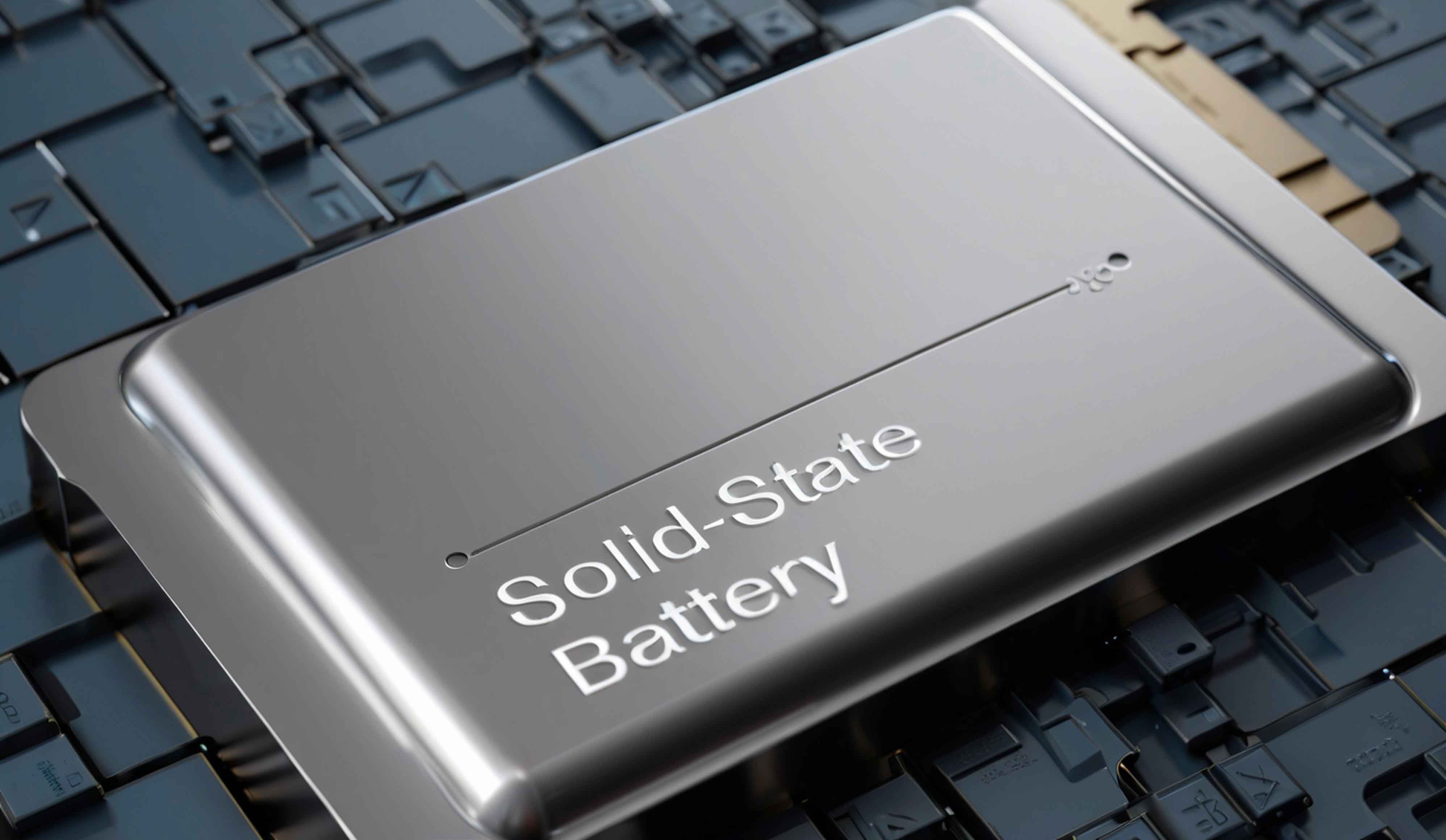The year 2024 marks a pivotal era for solid-state battery technology, driven by the global transition toward sustainable energy solutions. As a researcher deeply embedded in the energy storage sector, I have witnessed firsthand how solid-state batteries are redefining the boundaries of energy density, safety, and longevity. This article synthesizes advancements, challenges, and future trajectories of solid-state batteries, leveraging empirical data, technical insights, and industry trends.

1. Introduction: The Rise of Solid-State Batteries
Solid-state batteries (SSBs) have emerged as a transformative alternative to conventional lithium-ion batteries (LIBs), primarily due to their superior energy density, enhanced safety, and extended cycle life. Unlike traditional LIBs, which rely on liquid electrolytes, SSBs utilize solid electrolytes—eliminating flammability risks and enabling compact, high-performance designs. The global push for electric vehicles (EVs), consumer electronics, and renewable energy storage has accelerated R&D investments, positioning SSBs as the cornerstone of next-generation energy solutions.
2. Technical Advantages of Solid-State Batteries
2.1 Energy Density
SSBs achieve energy densities exceeding 400 Wh/kg, a 50–60% improvement over LIBs (250–300 Wh/kg). This leap is attributed to:
- Solid Electrolytes: Enable thinner separators and higher active material loading.
- Advanced Electrodes: Silicon-carbon anodes and high-nickel cathodes maximize capacity.
The energy density (EdEd) of a battery is calculated as:Ed=Energy Stored (Wh)Mass (kg)Ed=Mass (kg)Energy Stored (Wh)
For instance, GAC Group’s SSB prototype delivers Ed=400 Wh/kgEd=400Wh/kg, enabling EVs to surpass 1,000 km per charge.
2.2 Safety
SSBs inherently mitigate thermal runaway risks due to non-flammable solid electrolytes. Tests by GAC Group demonstrate that their SSBs withstand 200°C temperatures and mechanical abuse (e.g., nail penetration) without failure.
2.3 Longevity
SSBs exhibit >80% capacity retention after 1,500 cycles, outperforming LIBs (<1,000 cycles). This stems from reduced dendrite formation and electrolyte degradation.
3. Key Players and Technological Breakthroughs
3.1 Leading Innovators
The following table summarizes major companies advancing SSB technologies in 2024:
| Company | Key Contributions |
|---|---|
| BYD | All-solid-state battery patents; ceramic-reinforced electrolyte layers for impact resistance. |
| GAC Group | 100% solid electrolyte; 400 Wh/kg energy density; mass production targeted for 2026. |
| CATL | 1,000+ R&D team; focus on scalability and cost reduction. |
| SVOLT | Cobalt-free SSBs; hybrid solid-liquid electrolyte systems. |
| ProLogium | Oxide-based solid electrolytes; partnerships with EV manufacturers. |
| QuantumScape | Lithium-metal anodes; pre-commercial SSB prototypes for automotive applications. |
3.2 Regional Leaders
China dominates SSB innovation, with 50+ companies actively engaged (see Table 1). Notable examples include:
- BYD: Patented “all-solid-state battery packs” with staggered stacking for space efficiency.
- GAC Group: Achieved full-process manufacturing readiness for SSBs.
- CALB: Semi-solid-state batteries under validation for consumer electronics.
Table 1: Top Chinese SSB Enterprises (2024)
| Rank | Company | Specialization |
|---|---|---|
| 1 | BYD | All-solid-state batteries, battery packs |
| 2 | GAC Aion | 100% solid electrolyte R&D |
| 3 | CATL | Scalable SSB production |
| 4 | SVOLT | Cobalt-free hybrid SSBs |
| 5 | CALB | Semi-solid-state batteries for consumer electronics |
4. Technical Challenges and Mitigation Strategies
4.1 Material Limitations
- Electrolyte Stability: Oxide and sulfide electrolytes face interfacial resistance (RiRi) issues.
Ri=ΔVIRi=IΔV
Solution: BYD’s ceramic-coated electrolytes reduce RiRi by 30%.
- Anode Compatibility: Lithium-metal anodes react with sulfides.
Solution: Polymer-oxide composite electrolytes (e.g., ProLogium’s designs).
4.2 Manufacturing Complexity
SSB production involves high-precision processes like thin-film deposition and solid-state sintering, raising costs. For example, SSBs cost $200–$300/kWh vs. LIBs’ $100–$150/kWh.
Table 2: Cost Drivers in SSB Production
| Factor | Impact on Cost | Mitigation |
|---|---|---|
| Solid electrolyte synthesis | High | Scale-up sulfide electrolyte production |
| Electrode manufacturing | Moderate | Roll-to-roll processing for thin films |
| Quality control | High | AI-driven defect detection systems |
4.3 Policy and Investment
Government subsidies (e.g., China’s NEV policy) and venture capital (e.g., $2B+ raised by QuantumScape) are critical to overcoming cost barriers.
5. Future Applications and Market Projections
5.1 Automotive Sector
SSBs will dominate the EV market by 2030, enabling:
- Ultra-Fast Charging: 10–15 minutes for 80% charge.
- Lightweight Designs: 30% weight reduction vs. LIB packs.
5.2 Consumer Electronics
SSBs’ compact size suits smartphones and wearables. For example, Apple’s rumored 2026 iPhone may feature SSBs for 40% longer battery life.
5.3 Aerospace and Grid Storage
SSBs’ wide temperature tolerance (-40°C to 200°C) suits satellites and grid storage.
Table 3: Global SSB Market Forecast (2024–2030)
| Sector | 2024 Market Size (USD Billion) | 2030 Projection (USD Billion) | CAGR |
|---|---|---|---|
| Automotive | 1.2 | 18.5 | 45% |
| Consumer Electronics | 0.8 | 7.2 | 35% |
| Aerospace | 0.3 | 2.1 | 30% |
6. Conclusion
Solid-state batteries represent a paradigm shift in energy storage, with 2024 serving as a launchpad for commercialization. While material and cost hurdles persist, collaborative R&D, policy support, and scalable manufacturing will propel SSBs into mainstream adoption. As industries from automotive to aerospace embrace this technology, solid-state batteries will undeniably power the sustainable future.
